We assign human qualities to animals without a second thought. The wise owl and the cunning fox will produce a smile, even though we know this is just a way of making meaning and building emotional connections. But do the same thing with plants and you will raise a few eyebrows.
Nevertheless, I find myself projecting the qualities of true grit onto an old wych elm growing beside Jedburgh Abbey. This roughly 200-year-old tree, with an impressive girth of 4.3m, has stood the test of time through decades of Dutch elm disease. Before the disease arrived in the Scottish Borders, in the 1980s, there would have been wych elms in abundance in the valley of the Jed Water – the river that flows past the town. Today almost all the big elms are gone, killed by a fungal disease accidentally introduced to Britain on infected timber in the late 1960s and spread by an otherwise harmless bark beetle.
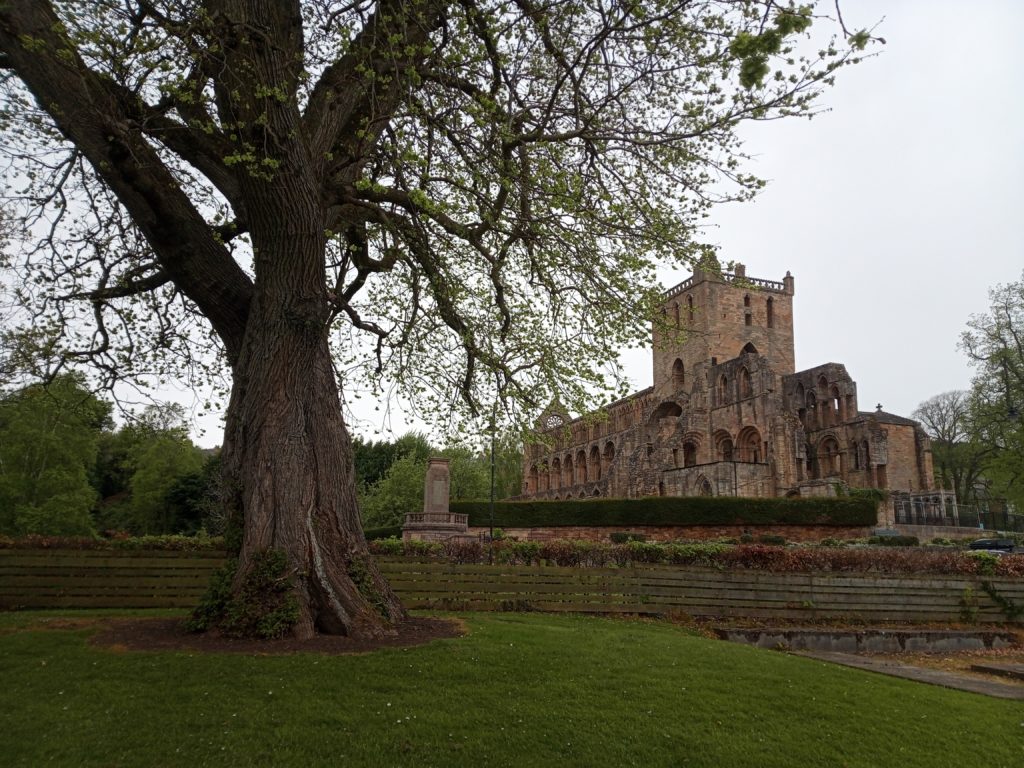
The tree, which I call the Jedburgh Giant, stands beside the bandstand opposite the abbey, and from the right angle frames a picture postcard view of the 12th century building that is normally the focus of people’s interest.
But the Jedburgh Giant deserves our attention too. It, and other survivors of disease, could hold the key to the recovery of the native elm in the Scottish Borders. We are all too familiar with pandemics now, but Dutch elm disease was a disaster for the elms of Europe. In Britain tens of millions of elms died and the disease continues to reach untouched elm populations in northern and western Scotland, possibly assisted by climate warming that enables elm bark beetles to colonize regions that might have been too cold in the past.
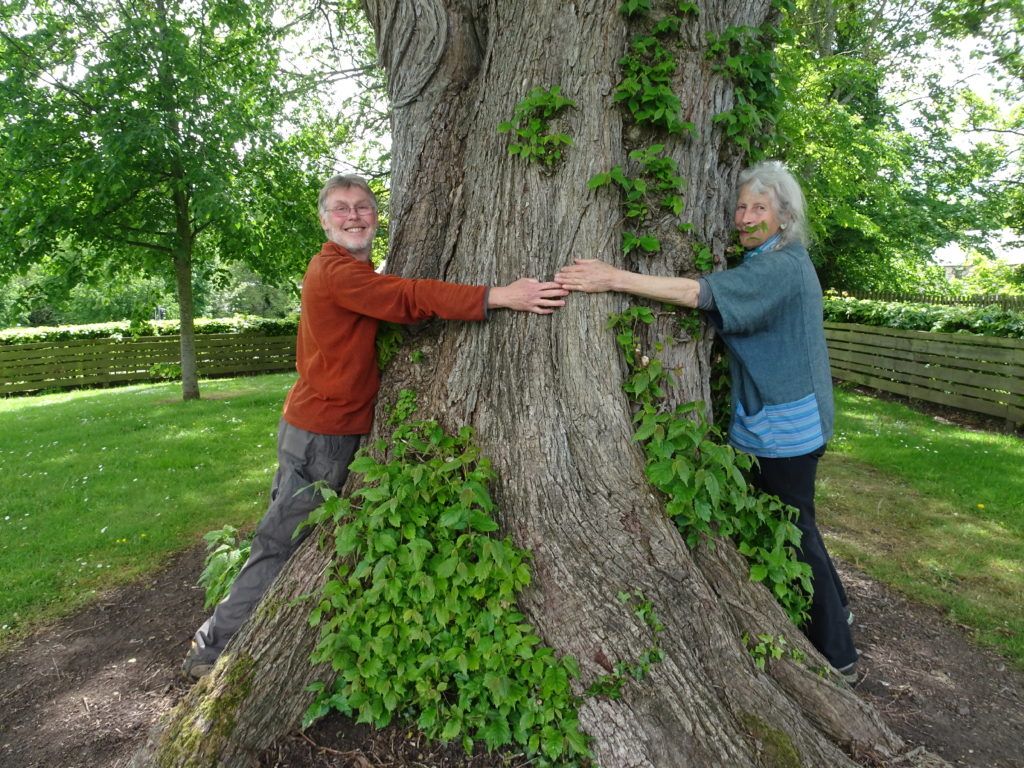
What is giving us hope for the future is that survivors, like the Jedburgh tree, do exist. They are thin on the ground and will take some finding, but they are majestic reminders of a lost landscape. The survivors may fight off infection or they may not attract the beetle in the first place, we do not yet fully understand the edge that they have. Either way, they are steadfastly surviving, unharmed by a disease that is all around them.
The Royal Botanic Garden Edinburgh, working with the Borders Forest Trust, is asking the public to report old wych elms in the Scottish Borders. This pilot study will help us to get a handle on the number of survivors there actually are. Trees that exceed 2m in girth would have been large enough to have been infected when the first wave of disease occurred in the 1980s. Elms below 20 years old are generally ignored by the beetles.
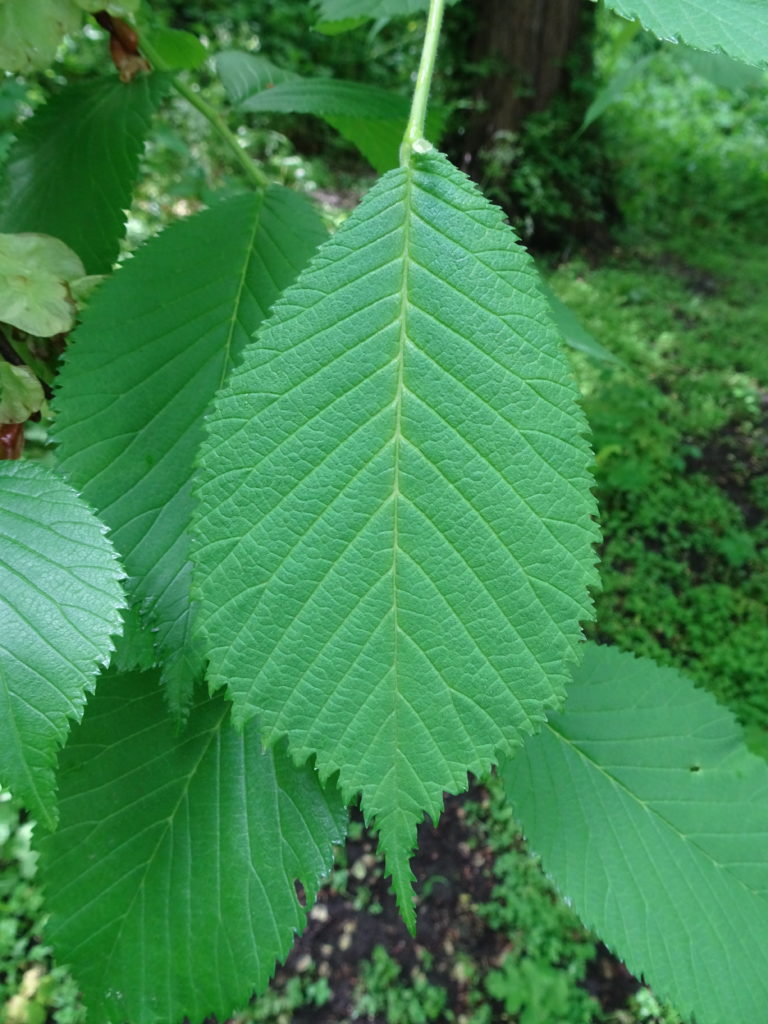
Sometimes elms survive by sheer remoteness from other trees as the beetles can only travel so far under normal circumstances. This means that the trees of greatest interest are both big and in areas where there is plenty of evidence of past disease. Standing dead elms can persist for years, but another good sign of past disease is lots of young elms. These youngsters have often grown from the seeds of long dead elms and typically get knocked back by cycles of infection as they become big enough to attract the attention of the beetles. The valley where the Jedburgh Giant grows is full of young elms, indicating that the old tree is a true survivor.
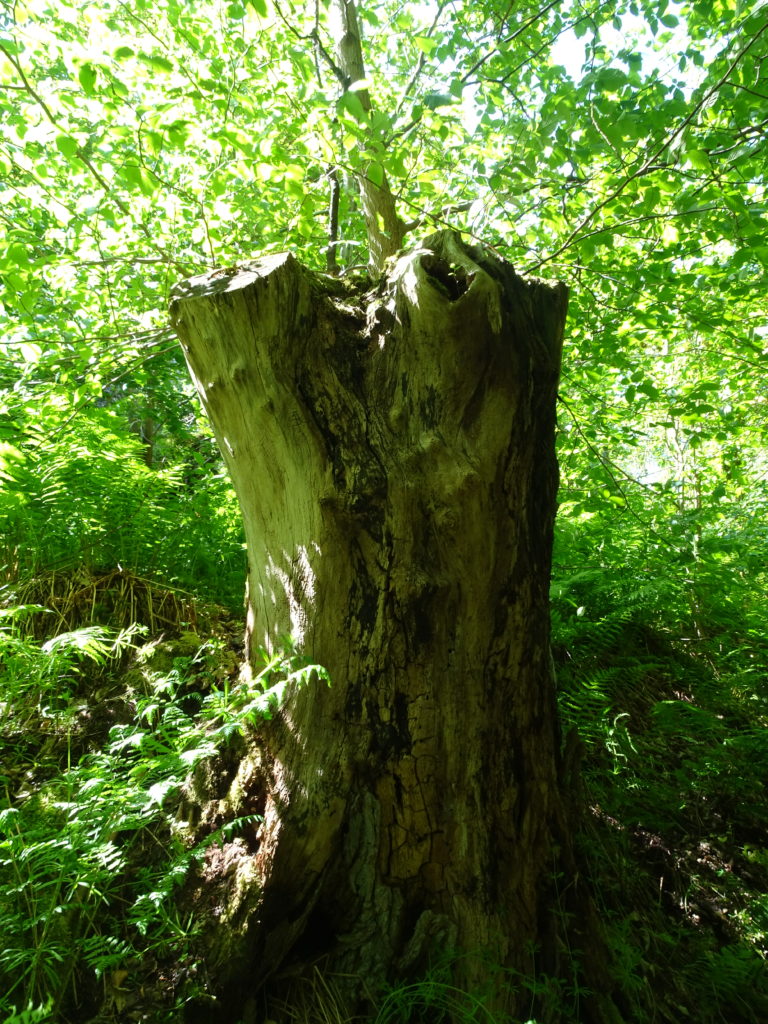
In the future it may be possible to bring together collections of surviving elms that have been grown from cuttings to preserve their unique genetic qualities. Such collections, if they contain sufficient genetic variation, could represent viable populations for future recolonization of suitable habitat. This is a long-term vision for the recovery of wych elm based on working with the natural resilience that appears to exist, albeit very rarely.
A major milestone on the way to understanding why so few elms survive will be pinpointing genetic variants that are linked to resilience. The Garden’s work on elm also includes providing tissue samples for DNA extraction and genome sequencing for the Darwin Tree of Life project. Thanks to permission from Scottish Borders Council the Jedburgh Giant will be part of this work. The aim is to generate the first entire genome for wych elm, marking a new chapter in understanding the genetic basis of disease resilience.
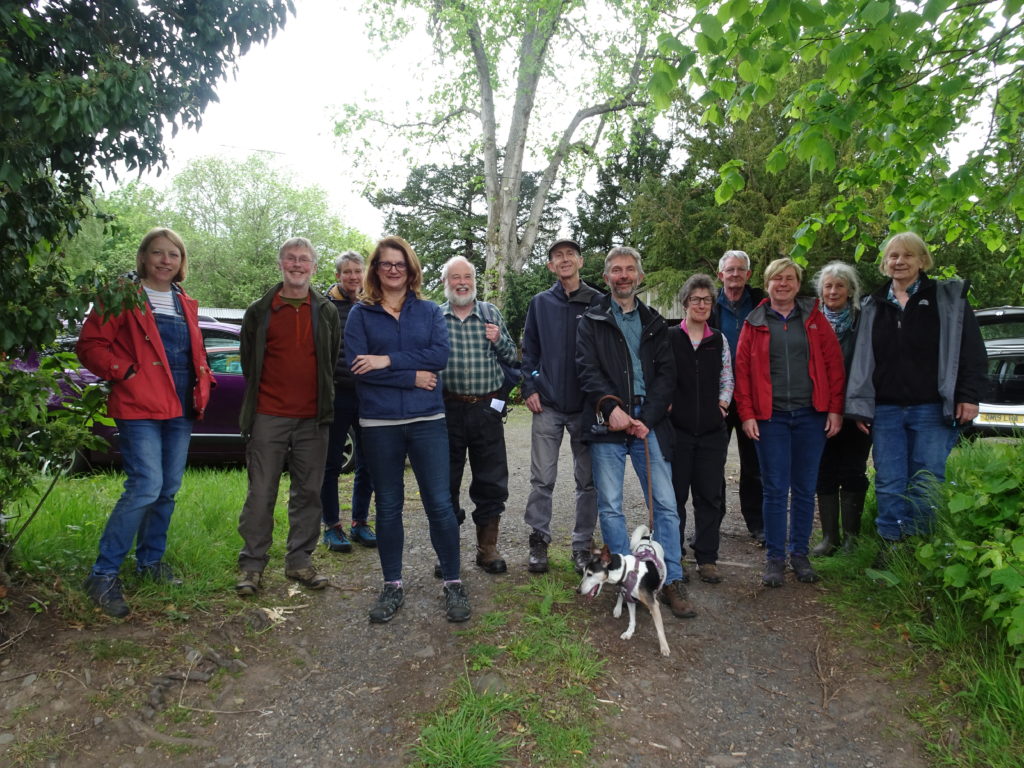
To get involved in the Wych Elm Hunt in the Scottish Borders visit the Borders Forest Trust website for more information.
